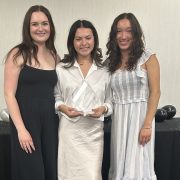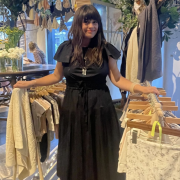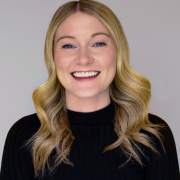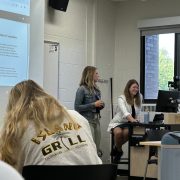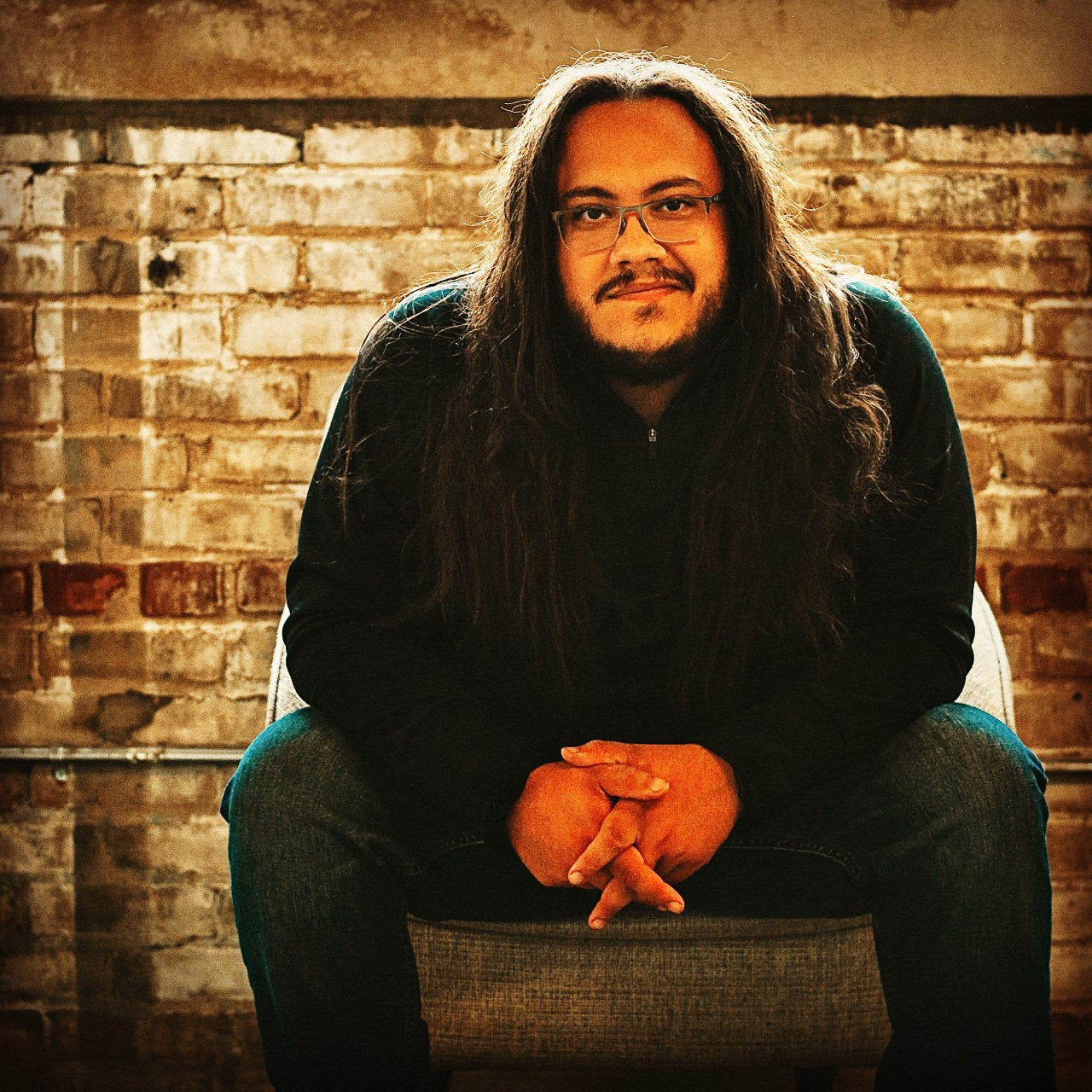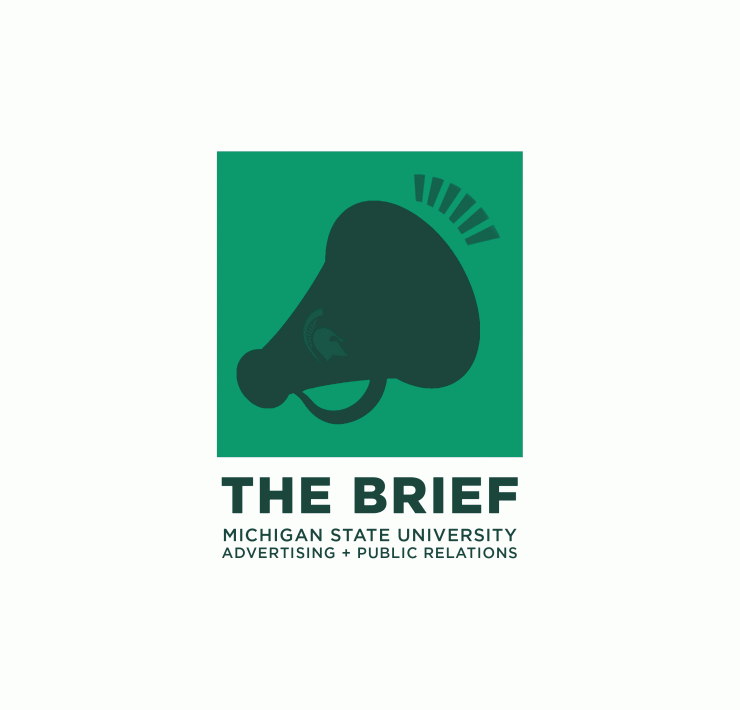Q&A With Advertising Graduate Students

By Agnes Bao
Campus Photo Credit: Michigan State University
According to the “MSU All Colleges 2017 Destination Survey,” 28 percent of graduating students decided to continue their education, while 61 percent started their careers with full-time employment.
Thus, every senior should seriously take into consideration their path after graduation. As the deadlines for applying to graduate schools are approaching, the question has become more urgent for seniors to figure out.
Before you forge ahead to continue your education, you must have lots of questions in mind about what to expect from graduate schools. Here at MSU, we talked to two master’s students in advertising and public relations to give you a glimpse of what the master’s program in the Department of Advertising + Public Relations (AD+PR) looks like!
Q: What are the differences between bachelor’s and master’s degree in advertising?
Joshua Slivensky: “In my opinion, there isn’t much difference. We do have less exams and more presentations and reading, and there’s more freedom to work on the topics that are important to you.”
Minghao Dou: “The graduate courses mostly focus on the research aspect and the undergraduate courses are more practical and creative.”
Q: How much harder is it to get the master’s degree?
Joshua Slivensky: “Most of the work isn’t harder (some is), but the expectations are higher. The type of work and pace is very similar to the advertising undergraduate program.”
Minghao Dou: “I don’t really enjoy doing research. Though the MSU master’s program in advertising has two tracks – one focuses on research and the other is career-oriented –
it still mostly focuses on the research aspect. Thus, for me, it’s much harder when compared with my undergraduate program.”
Q: What was your favorite course in your master’s program and why?
Joshua Slivensky: “My favorite classes so far are Public Relations Management and Media Relations with Andy Corner.”
Minghao Dou: “My favorites classes are ADV823 Consumer Behavior and ADV 836 Media Innovations. I learned lots of consumer psychology from the Consumer Behavior course. Although it focuses on theories, it’s still interesting. As for Media Innovations course, it covers the latest technology, which would be helpful for career selection after graduation.”
Q: What are the better job opportunities that the master’s degree in ADV can lead you to?
Joshua Slivensky: “I believe that a master’s in AD or PR only makes you a more competitive choice in the industries and not open to different roles, but this answer may change depending on who you ask.”
Minghao Dou: “Since master’s program is more about the research aspect, the students can choose client-side companies or marketing research companies after graduation.”
Q: Why did you want to pursue a master’s degree in AD+PR at MSU?
Joshua Slivensky: “I am pursuing a master’s degree in public relations because I am interested in image strategy and crisis communication.I am a Linked student – I continued into the M.A. program directly after my B.A. because MSU has one of the best AD+PR programs in the country.”
Minghao Dou: “I wanted to learn more in-depth knowledge because the undergraduate courses were more basic. Also, I wanted to explore what an advertising program in the U.S. looks like.
Q: Are there any tips for students who want to get a master’s degree in AD+PR?
Joshua Slivensky: “Visit some professors, department chair (Teresa Mastin), graduate director (Patricia Huddleston), and even the dean (Prabu David) about the program.”
Minghao Dou: “Research the programs and colleges you plan to go. Try different sources to get the information about the program, such as websites, advisors and the program’s current students. It’s important to get enough knowledge of the program before you submit the application.”



